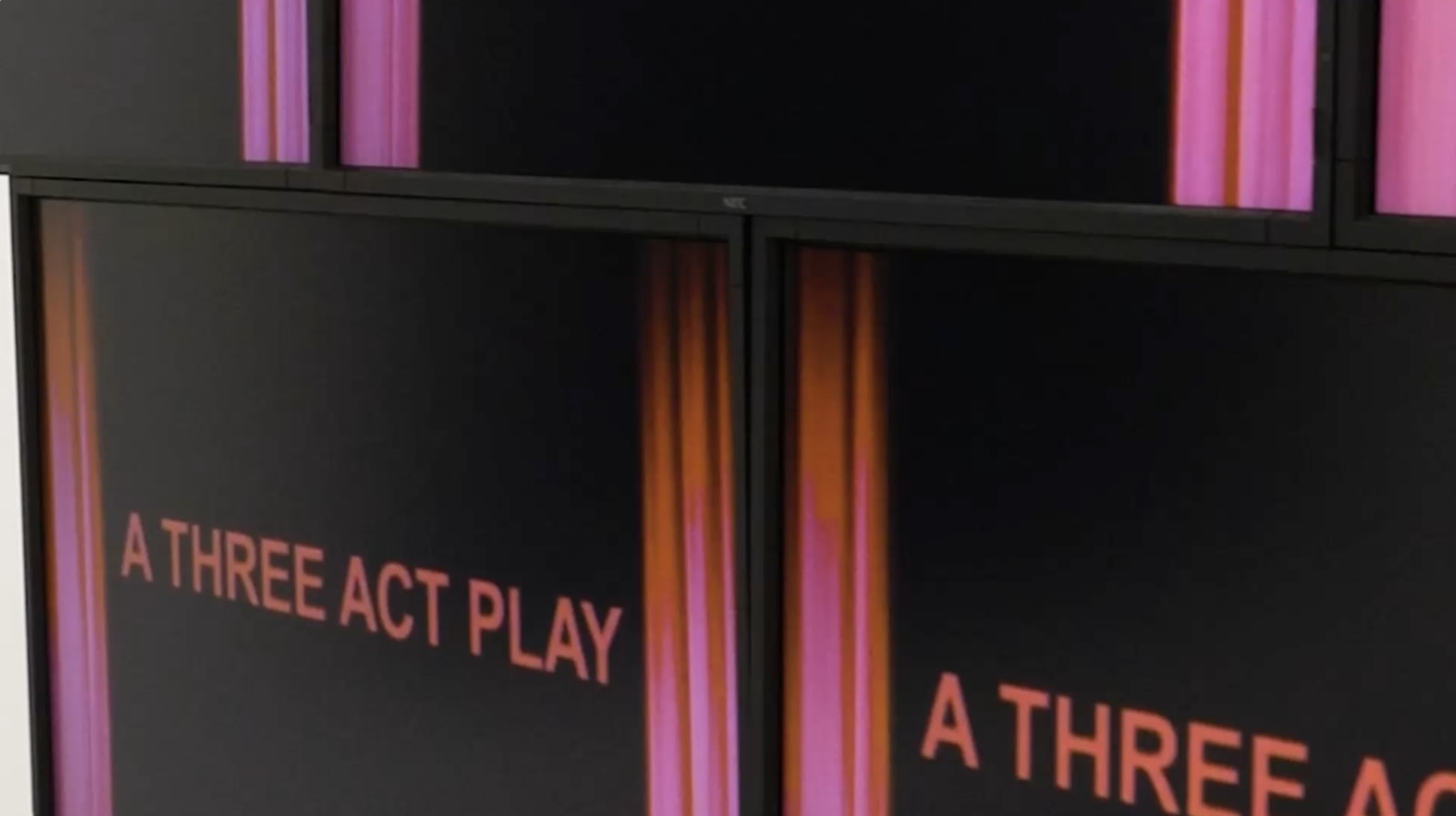
Study for Rosenquist Spaghetti Grass, 1966
Oil on canvas
164 x 116 cm (64.57 x 45.67 in)


Although some of her contemporaries were resistant to Sturtevant’s method, Andy Warhol, who himself played with notions of authorship and originality in his own work, embraced it, to the extent that when asked about his own technique, he is said to have quipped: ‘I don’t know. Ask Elaine [Sturtevant].’
SturtevantDouble Marilyn, 2004
Silkscreen on canvas
68 x 42 cm (26.77 x 16.54 in)

Warhol Flowers, 1990
293.8 x 293.8 x 4 cm (115.67 x 115.67 x 1.57 in)

The disparities between versions encourage the viewer to look beyond their surface similarities to make, as Sturtevant put it, ‘the leap from image to concept’: instead of something to be taken at face value, the work becomes a catalyst for considering the ‘understructure’ of art. By drawing our attention to that which isn’t, Sturtevant makes us think anew about what is.
SturtevantFelix Gonzalez-Torres Untitled (Go-Go Dancing Platform), 1995
Wood, light bulbs, acrylic paint, wire and go-go dancer in silver lamée bikini and walkman
183 x 183 x 54.5 cm (72.05 x 72.05 x 21.46 in)
installed on an upside down pyramid, RT: 11"




























































































































































































